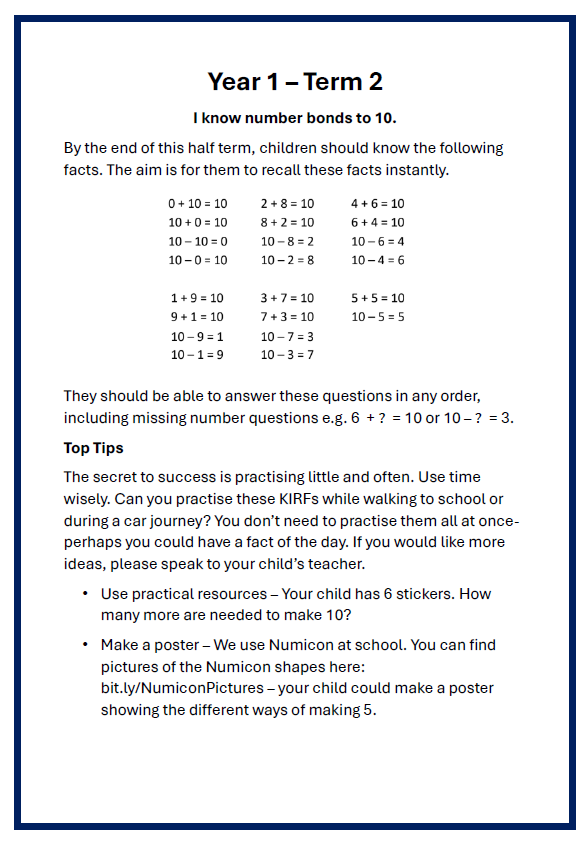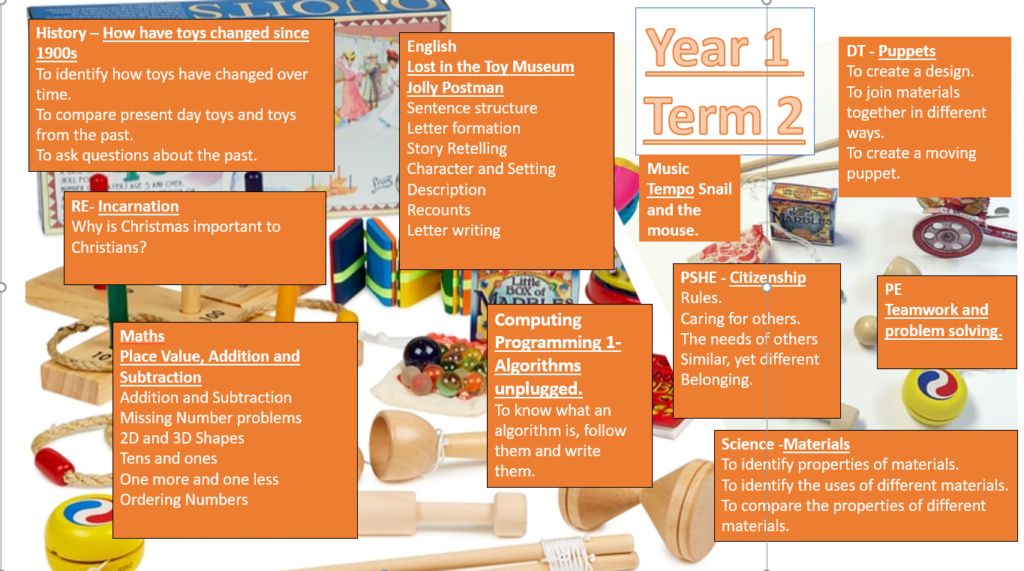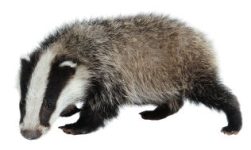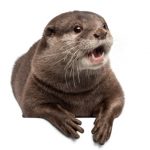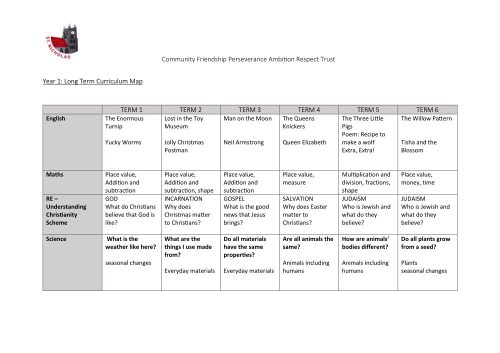Year 1
Our Visit to the Old School
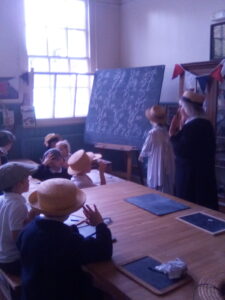
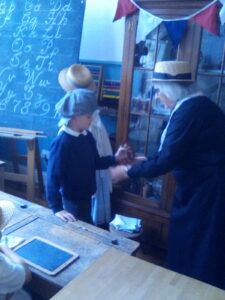
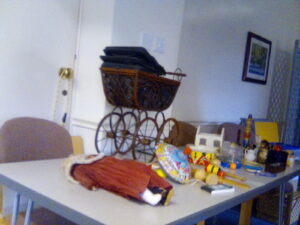
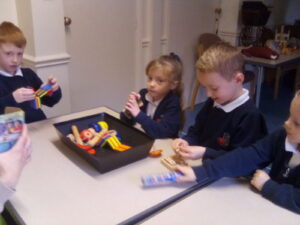
Year one visited the old school in New Romney. We found out what it was like to be at school in the Victorian times, where we wrote on slate in curly writing, learnt about the different punishments and lots more. We were able to learn lots about some Victorian toys and we even got to play with them. We really enjoyed it.
Term 2
